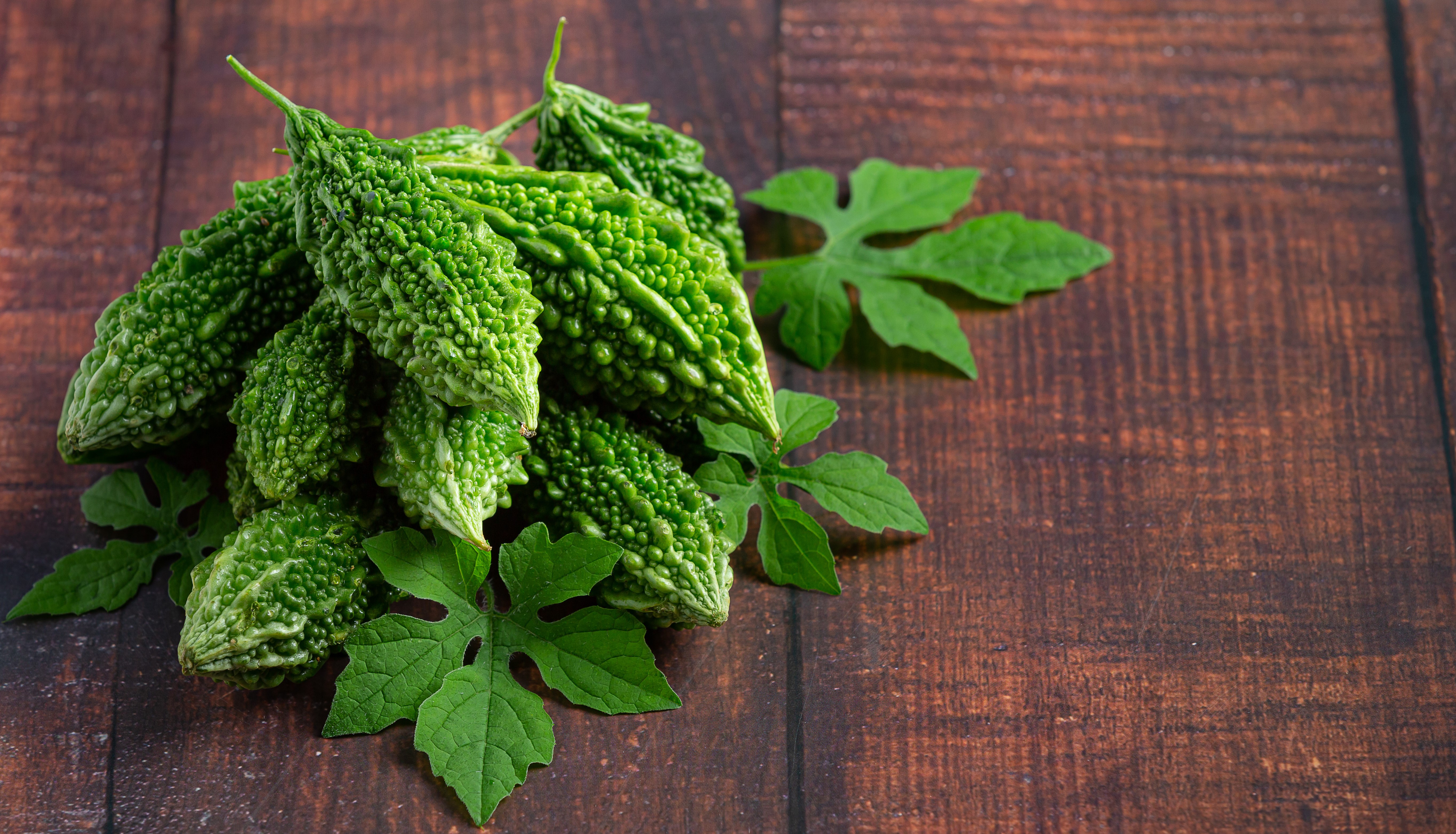The second in the series of my taste- effect research is the sweet taste. Sweet taste is most widely consumed taste and has evolutionary advantage over the other tastes. We have evolved to eat sweet tasting foods, more than other tastes as it brings about a feeling of “safeness” in our minds.
According to Ayurveda, sweetness is not just just a gustatory perception, but a functional stimulus for various protective activities in the body. Acharyas explain it as below:
Quote form Ashtanga Hrdaya by Acharya Vaghata:
… विद्याद्रसं स्वादु यो वक्त्रमनुलिंपति ।
आस्वाद्यमनो देहस्य ह्लादनो अक्षप्रसादनः ।।
- अ. हृ. सू. १०/२
The word वक्त्रमनुलिंपति means, it coats the mouth when consumed. This is explained by the Multipoint Attachment theory which says that there exists as many as 8 binding sites of a sweet molecule. All 8 bonds are not essential for perceiving sweetness, but they may define the intensity of sweetness.
Quote from Charaka Samhita:
तत्र मधुरो रसः शरीरसात्म्यात् रस - रुधिर - मांस - मेद - अस्थि - मज्जा - ओजः शुक्राभिवर्धन आयुष्यः षडिन्द्रियप्रसादनः बलवर्णकरः पित्तविषमारूतघ्नः तृष्णादाह प्रशमनस्त्वच्यः केश्यः कण्ठ्यो बल्यः प्रीणनो जीवनः तर्पणो बृम्हणः स्थैर्यकरः क्षीणक्षतसंधानकरः घ्राणमुखकण्ठौष्ठाजिव्हाप्रह्लादनो दाहामूर्च्छाप्रशमनः षट्पदपिपीलिकादीनामिष्टतमः स्निग्धशीतो गुरुश्च ।
- च. सू. २६/४३
Quote from Sushruta Samhita:
तत्र मधुरो रसो, रस - रक्त - मांस - मेद - अस्थि - मज्जा - ओजः शुकृतन्याभिवर्धनः चक्षुष्यः केश्यो वर्ण्यो, बलकृत्संधानः शोणितरसप्रसादनो बालवृद्धक्षतक्षीणहितः षट्पदपिपीलिकादीनामिष्टतमः तृष्णादाहप्रशमनः षडिन्द्रियप्रसादनः कृमिकफकरश्वेति ।
- सु. सू. ४२/ ९
Madhura rasa or perceived sweetness initiates the release of Glucagon- like peptide- 1
- This hormone has protective and regulatory effects on the: tongue, kidney, and lungs - Jeevana.
- Heart: rasaprasadana - Ahara rasa is the nutrient fluid derived form the food we eat. The ahara rasa absorbed from the intestine is absorbed and circulated back to the heart where it becomes the rasa dhatu, the primary nutrient tissue which helps in nourishing the successive tissues. Therefore the Hrdaya is the sea of the rasa dhatu. Sweet taste brings about protective and regulatory actions on the heart and hence strengthens the rasa dhatu and aids its circulation. aayushya - Hrdaya is the seat of ojas which is the main component responsible for immunity and life sustenance. By the strengthening the hrdaya, ojas is also strengthened and gives a healthier and prolonged life.
- Liver: Sweet taste has hepatoprotective function. According to Ayurveda, the liver and spleen are the seats of Rakta dhatu (could be correlated as blood; performs the function of jeevana or providing life force to other tissues i.e., providing oxygen and other essential components required by the cells of the body). When the liver is protected, it also has positive effects on the circulating blood- raktaprasadana.
- Skin: health of the skin is governed by the rasa and rakta dhatu. detoxification of these or the healthy formation of these result in better skin texture and complexion- Varnya
- Adipose, muscles, bones- Glucose as we know it, is stored in the form of Glycogen in the liver and muscle tissue. The more long term storage form of glucose is Fat, which is stored in the adipose tissue. Bone and fat cells are formed from the same precursor cell/ stem cell. Thus sweet taste helps in increasing tissue mass- Dhatu vardhana, balya, brmhana, sthairyakara.
- Lungs- Are the site for respiratory diseases like kshataksheena, etc. Also one of the sites where prana and udana vata travel. Prana vata performs some of the most fundamental functions in the body, one of them being breathing. One of the most important functions of Udana vata is voice production or speaking. Sweet taste is capable of protecting the lungs which in turn regulates the function of vata and also helps in certain diseases of the lungs. - marutaghna (vata hara), kshataksheena hara.
- Keshya- In Ayurveda, the Hair or kesha is the mala or scrapped part of asthi dhatu (bone tissue). When asthi is nourished, kesha is also nourished.
- Kidney- A recent research has shown that sweet taste receptors play a role in regulating renal transporters.
- Majja abhivardhana, marutaghna- Neuroprotective, prevents necrosis (diseases cell death), apoptosis (natural cell death) and dysfunction in neuronal tissue.
- Guru- slows gastric emptying (emptying of the stomach after consuming food) and intestinal peristalsis (rhythmic contraction of intestines to propel food)
- Sweet taste receptors are present in the Testes. When stimulated, they result in increased spermatogenesis - shukravardhaka.
- Kidneys and follicular B lymphocytes have sweet receptors which are involved with immunity.
- Sweet taste receptors are abundant in the intestine and are found to increase intestinal immunity by increasing the tuft cell (intestinal cells which have been discovered to show barrier level defence against parasites) population.
This is a tiny amount of information I currently found. I will update any further information I find.



